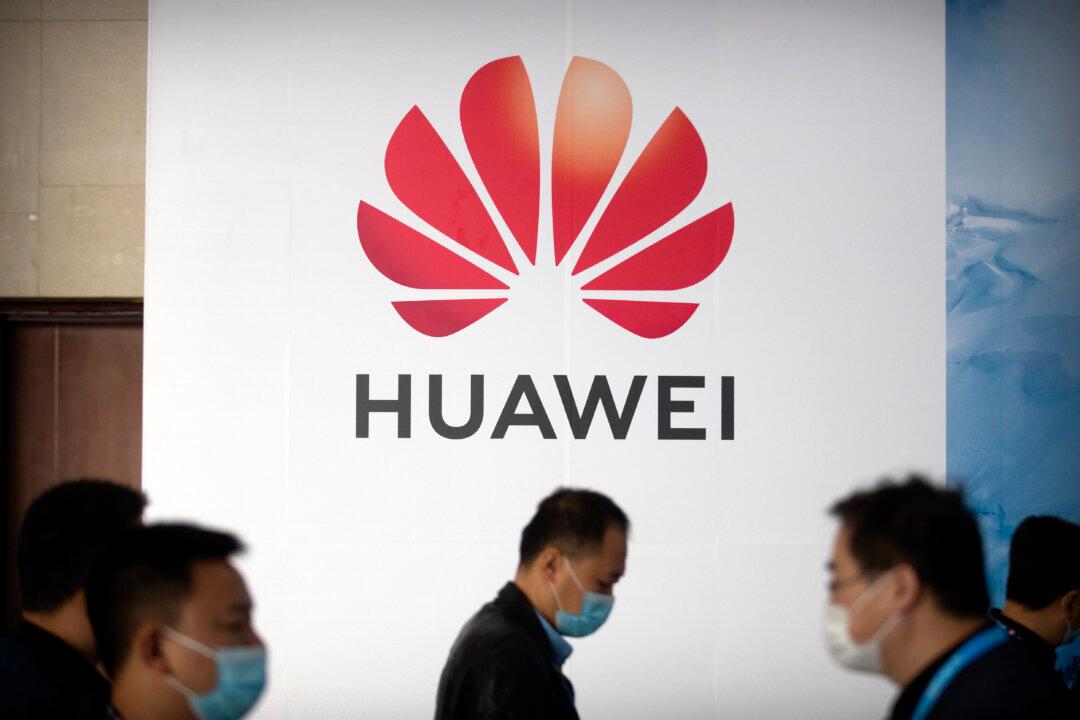News Analysis
Australia discovered Huawei’s cyber spying in about 2012 and informed the United States, according to a new Bloomberg News investigation.

Australia discovered Huawei’s cyber spying in about 2012 and informed the United States, according to a new Bloomberg News investigation.